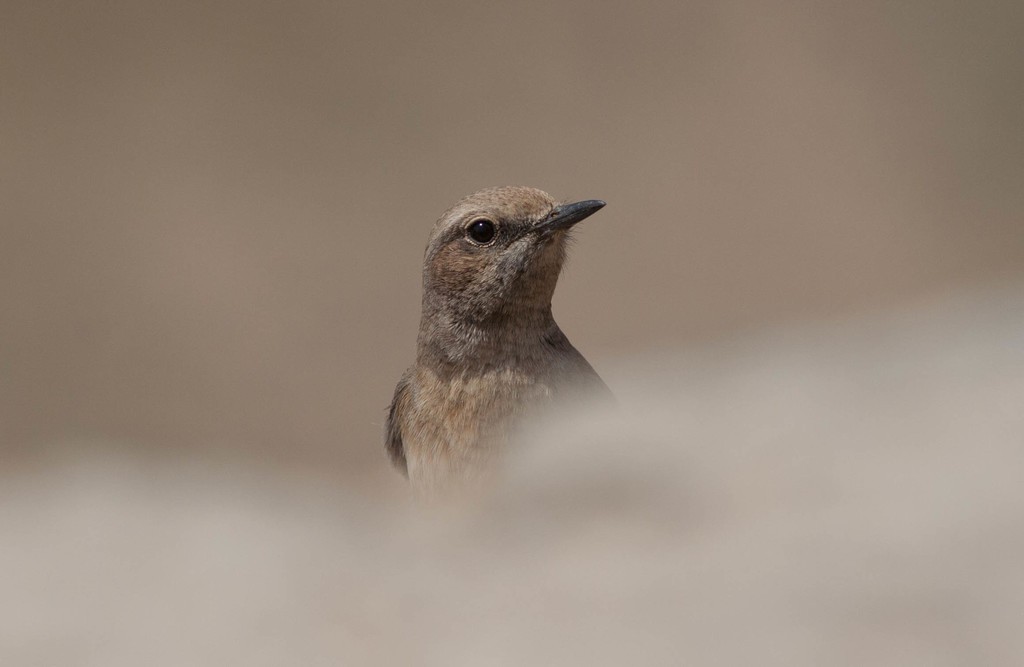Kurdish Wheatear
A species of Wheatears, Also known as Red-rumped Wheatear Scientific name : Oenanthe xanthoprymna Genus : Wheatears
Kurdish Wheatear, A species of Wheatears
Also known as:
Red-rumped Wheatear
Botanical name: Oenanthe xanthoprymna
Genus: Wheatears
Content
Description General Info
 Photo By terolinjama , used under CC-BY-NC-4.0 /Cropped and compressed from original
Photo By terolinjama , used under CC-BY-NC-4.0 /Cropped and compressed from original Description
The Kurdish wheatear is about 14 centimetres (5.5 in) in length. The top of the head and the nape of the male are pale grey, separated by a white eye stripe from the black face and throat. The back is brownish grey and the underparts white or buff. The wings are charcoal with no white streak, the flight feathers being edged with brown. The flanks and under-tail coverts are orange and the tail white at the base with a dark terminal band. The female has similar markings but the colours are more muted and the dark face and throat replaced by a grey eye patch. The orange rump and tail coverts are particularly noticeable in the winter when the male is in flight. 
Size
15 cm
Nest Placement
Ground
Feeding Habits
Kurdish Wheatear primarily consumes ants and small insects, foraging on the ground with a run-and-pause technique. Notable for its specialized insectivorous diet, kurdish Wheatear displays unique adaptations for detecting and capturing its prey efficiently.
Habitat
The kurdish Wheatear typically inhabits arid and semi-arid regions characterized by dry rocky mountain slopes, valley bottoms with a mix of dwarf shrubs, herbs, and bare rocks. Habitually, kurdish Wheatear selects environments with a preference for rocky, hilly terrains which may include cliffs and gorges, as well as acacia grasslands and rocky deserts. During winter migration to Africa, they are often found in similar rocky habitats distinct from other plains-dwelling species.
Dite type
Insectivorous
General Info
Feeding Habits
Bird food type
Distribution Area
The breeding range of the Kurdish wheatear covers the Middle East, south-east Turkey, northern Iraq, western Iran, parts of the former USSR and south east Asia. It moves southwards in winter to southern Iran, the Arabian Peninsula, Egypt, Sudan, Eritrea and north-east Somalia and occasionally to north west India. It is unclear whether all populations migrate or whether some birds just move down to lower altitudes for the winter. Its preferred habitat is heathland, open hillsides and scrubby, semi-desert regions. It is listed as being of "least concern" in the IUCN Red List of Threatened Species because of its very large range. 
Scientific Classification
Phylum
Chordates Class
Birds Order
Perching birds Family
Old world flycatchers Genus
Wheatears Species
Kurdish Wheatear